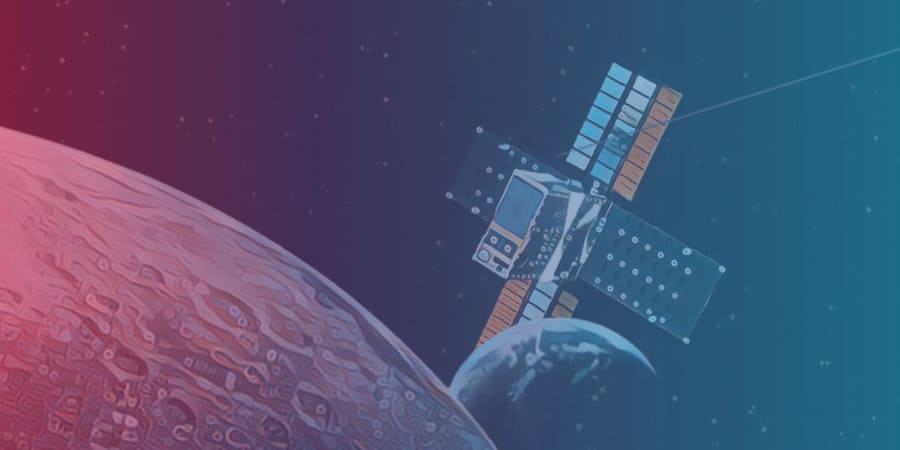Key Takeaways
- The Lunar Flashlight mission, a NASA project to detect hidden ice water reservoirs near the lunar South Pole, is facing challenges in activating and optimizing its thrusters to reach the correct orbital path around the Moon.
- The mission's operations team has developed a new strategy to enhance the performance of the propulsion system, including pushing the fuel pump pressure past its operational limits to clear blockages in the fuel lines.
- Collaborative efforts involving NASA's Jet Propulsion Laboratory, Georgia Tech, and the Marshall Space Flight Center are focused on improving the thrust levels of the remaining thrusters, which have shown inconsistent performance.
- Due to the thruster issues, NASA has revised the mission plan, aiming to place the Lunar Flashlight in a high Earth orbit instead of the initially planned near-rectilinear halo orbit around the Moon. This adjustment will allow the spacecraft to scan the Moon's south polar regions once per month.
- The Lunar Flashlight mission serves as a high-risk, high-reward technology demonstration to advance space technology. The challenges faced by the mission will contribute to future missions utilizing similar technology.
- The Lunar Flashlight project is funded by NASA's Small Spacecraft Technology program, which falls under the agency's Space Technology Mission Directorate. While propulsion system issues persist, other onboard systems are performing well.
For almost five months, NASA’s Lunar Flashlight mission teams have been working tirelessly to activate the satellite’s thrusters and guide it to the correct orbital path around the Moon.
One of the thrusters has recently shown some improvement, and the teams are now focusing on optimizing the remaining three.
The Lunar Flashlight’s operations team has created a new strategy to help the satellite’s propulsion system function better.
This strategy, which involves pushing the fuel pump pressure past its operational limits while controlling the system’s valves, aims to clear blockages in the thruster’s fuel lines, enabling the spacecraft to produce sufficient thrust for its lunar flybys.
Collaborative Efforts to Improve Performance
NASA’s Jet Propulsion Laboratory, Georgia Tech, and the space agency’s Marshall Space Flight Center in Huntsville, Alabama, have been working together on this new approach.
The team’s recent efforts have seen limited success, with the remaining thrusters producing higher thrust levels inconsistently.
The cubesat needs more consistent thrust in the next few days to reach its revised orbit.
Revised Mission Plan and Trajectory
The Lunar Flashlight was initially intended to enter a near-rectilinear halo orbit around the Moon.
However, due to its thruster issues, NASA has devised an alternative plan to place the probe in a high Earth orbit.
This adjustment will allow the cubesat to scan the Moon’s south polar regions once per month instead of once per week, as initially planned.
The Lunar Flashlight is currently over half a million miles away from Earth and is looping back toward our planet.
The mission team is striving to guide the spacecraft into a trajectory that will enable it to enter the required Earth-Moon orbit.
NASA’s Jet Propulsion Laboratory, Georgia Tech, and the space agency’s Marshall Space Flight Center in Huntsville, Alabama, have been working together on this new approach.

High-Risk, High-Reward Technology Demonstration
The Lunar Flashlight is designed to project infrared light onto the Moon’s permanently shadowed regions to detect hidden ice water reservoirs near the lunar South Pole.
The small spacecraft employs a new kind of propulsion system as a technology demonstration in space, which inherently carries some risk for the mission.
NASA acknowledges that technology demonstrations are high-risk, high-reward ventures intended to advance space technology frontiers.
The lessons learned from these challenges will inform and improve future missions that employ this technology.
Lunar Flashlight Funded by Small Spacecraft Technology Program
NASA’s Ames Research Center in Silicon Valley supports the Lunar Flashlight mission through the Small Spacecraft Technology program, which falls under the agency’s Space Technology Mission Directorate.
As the Lunar Flashlight mission continues to address its propulsion system issues, the other onboard systems are performing well.








